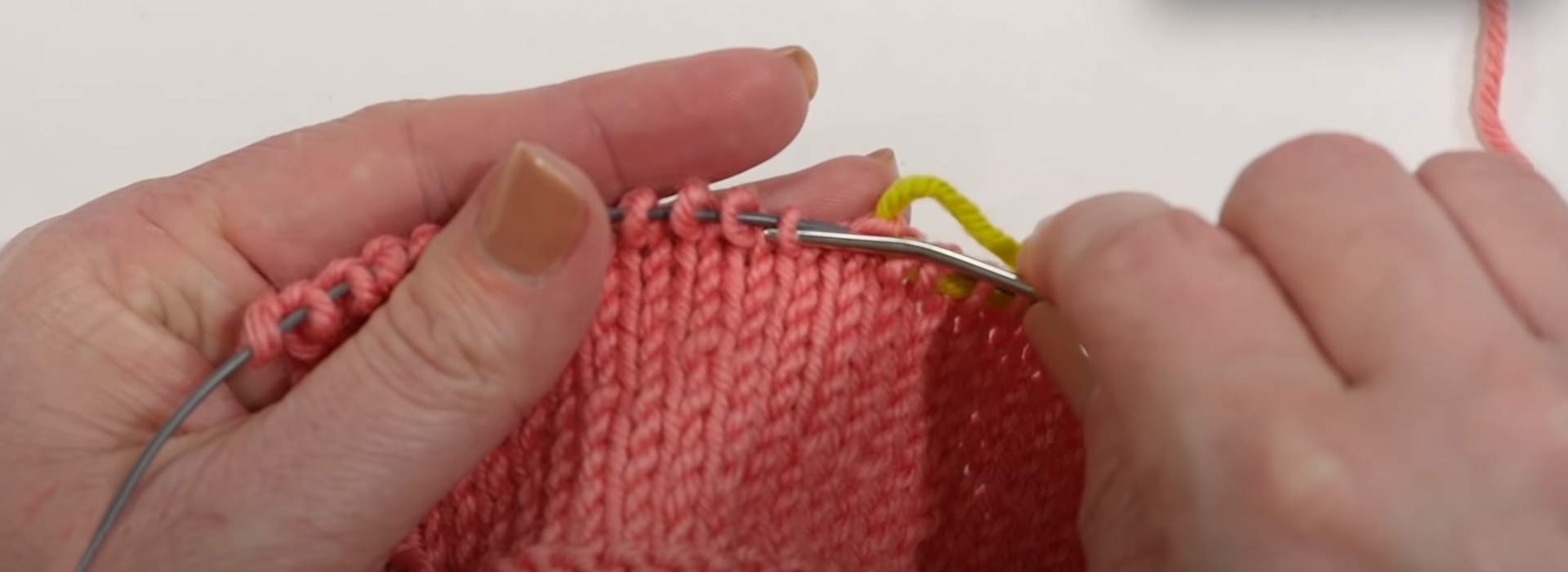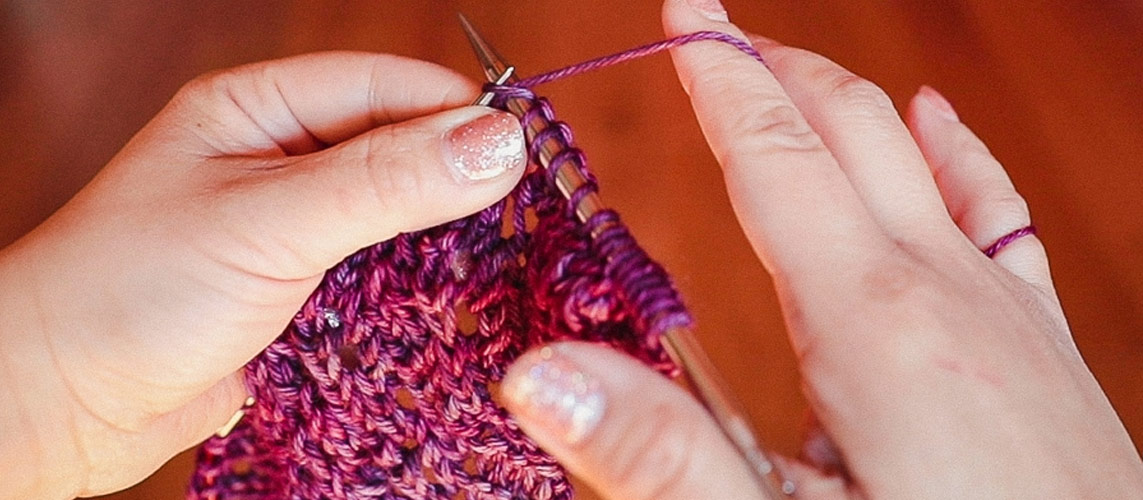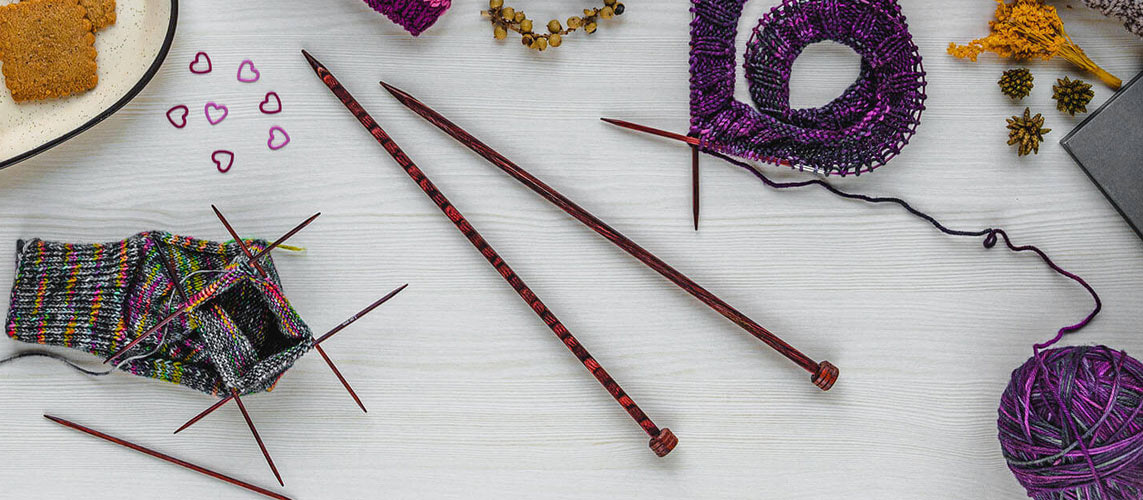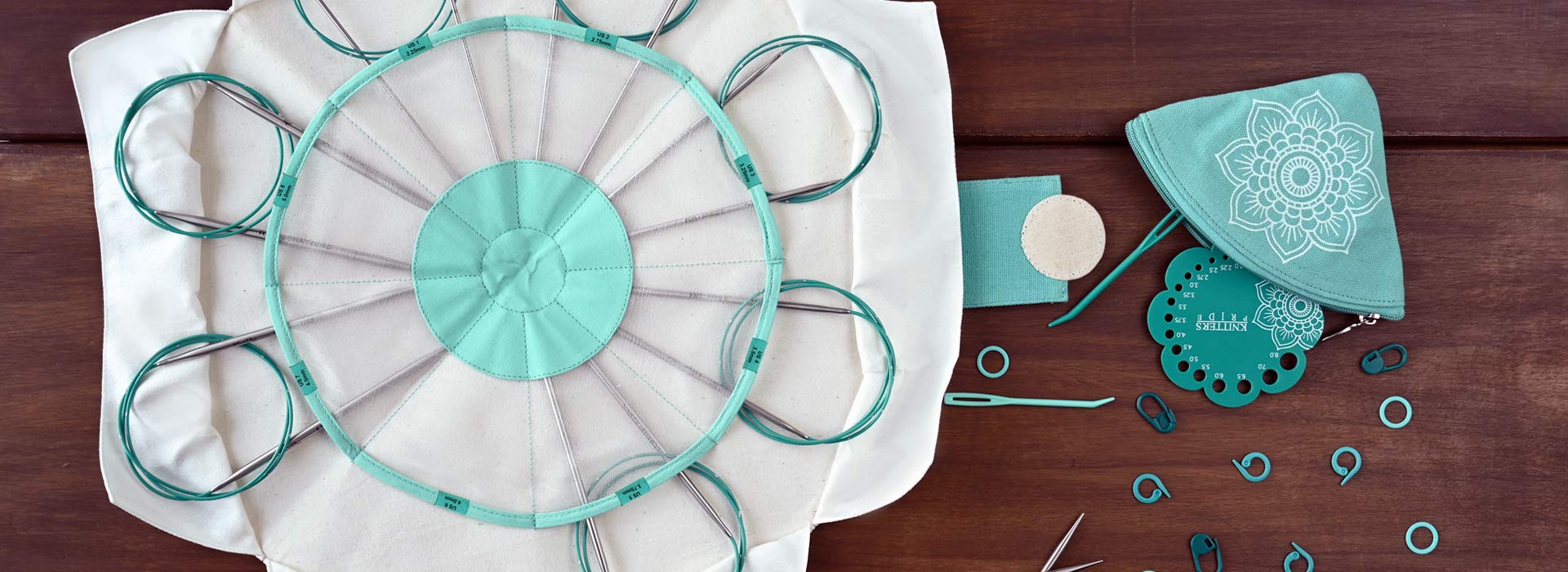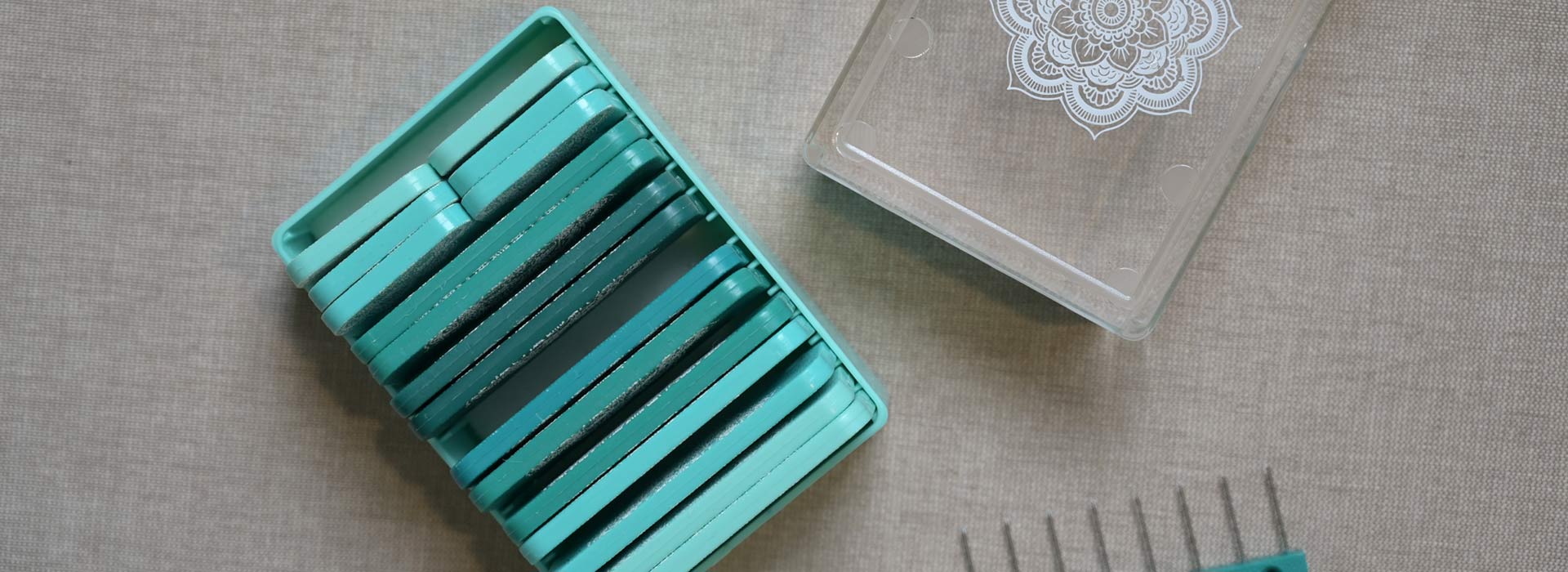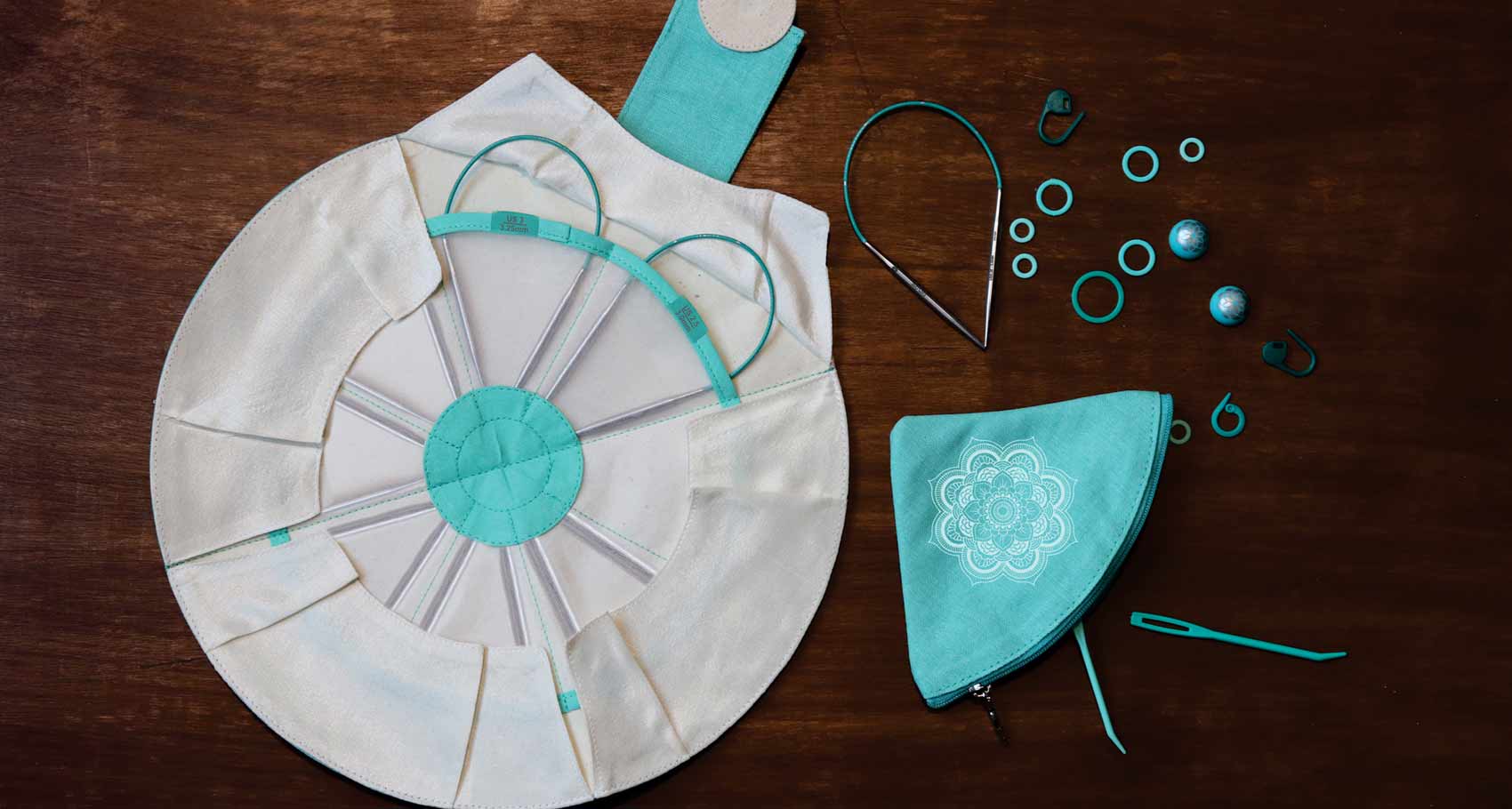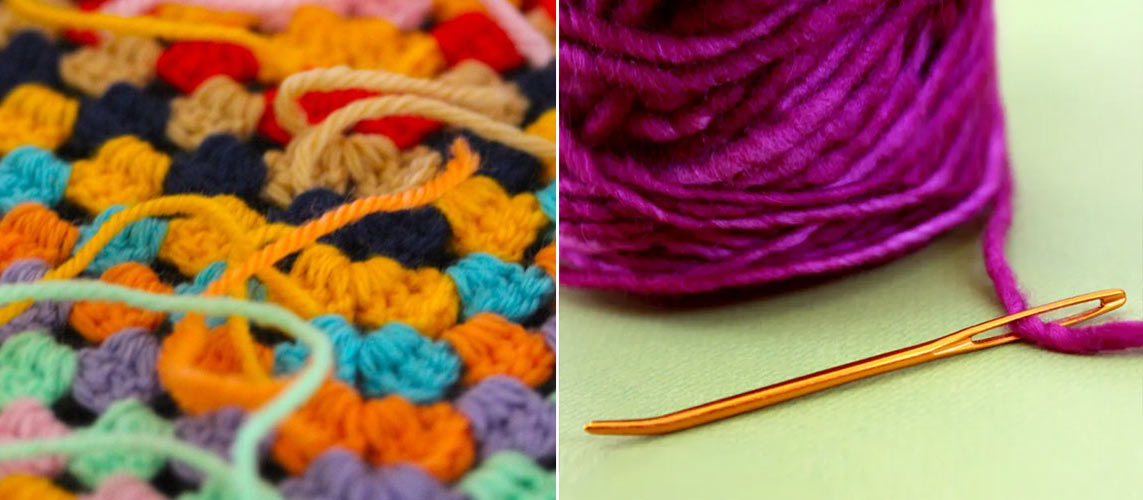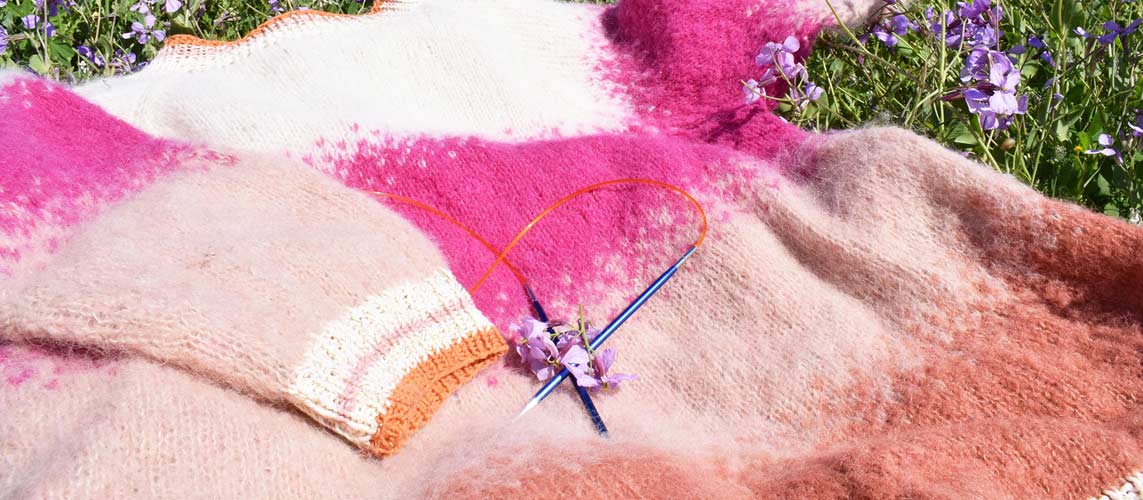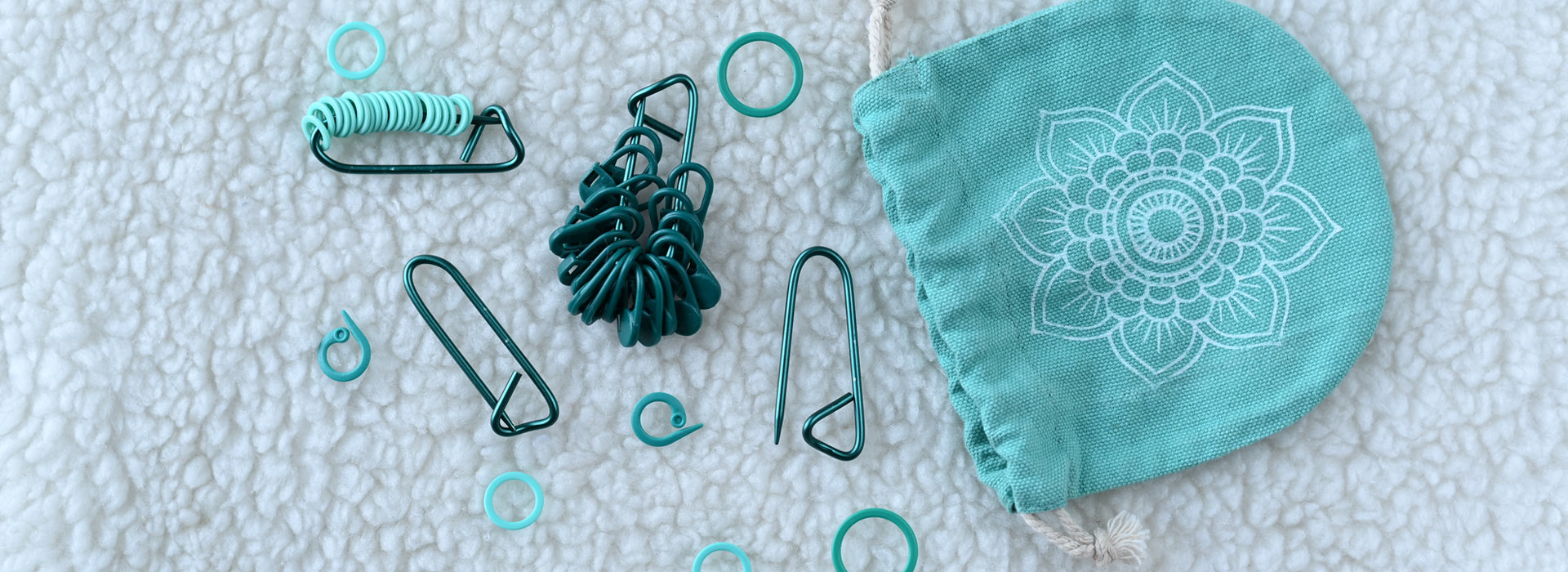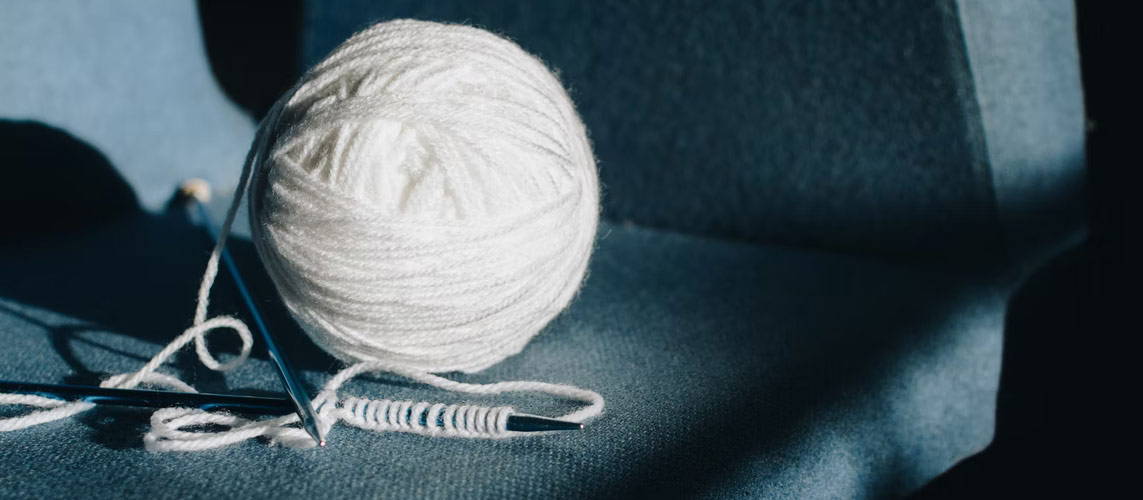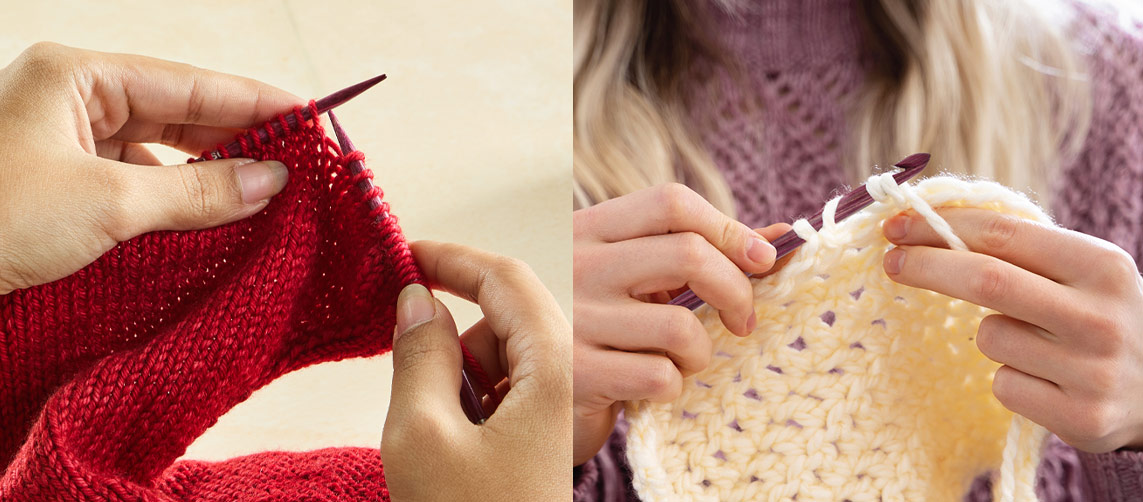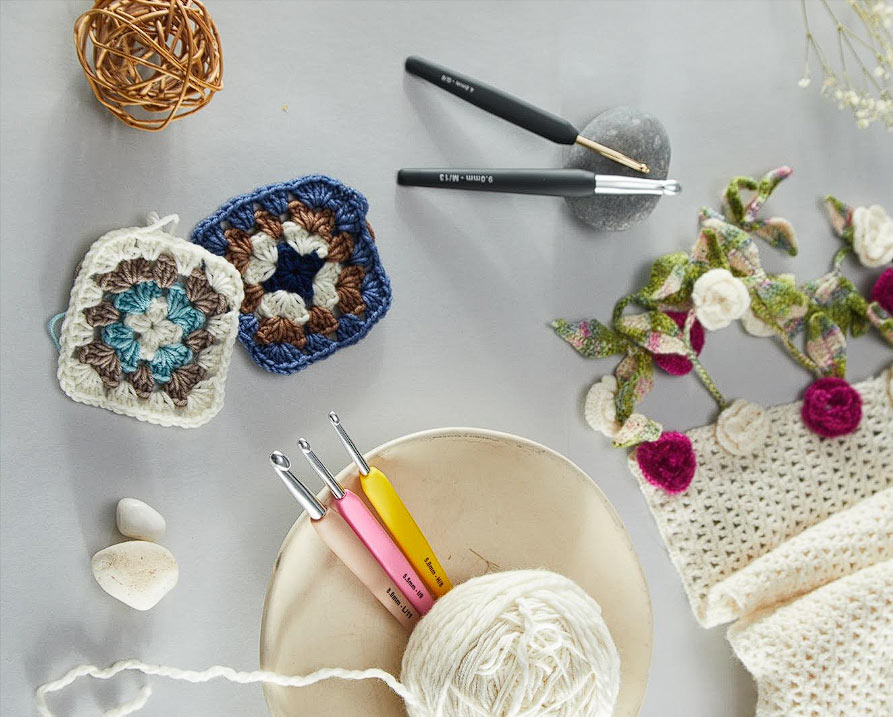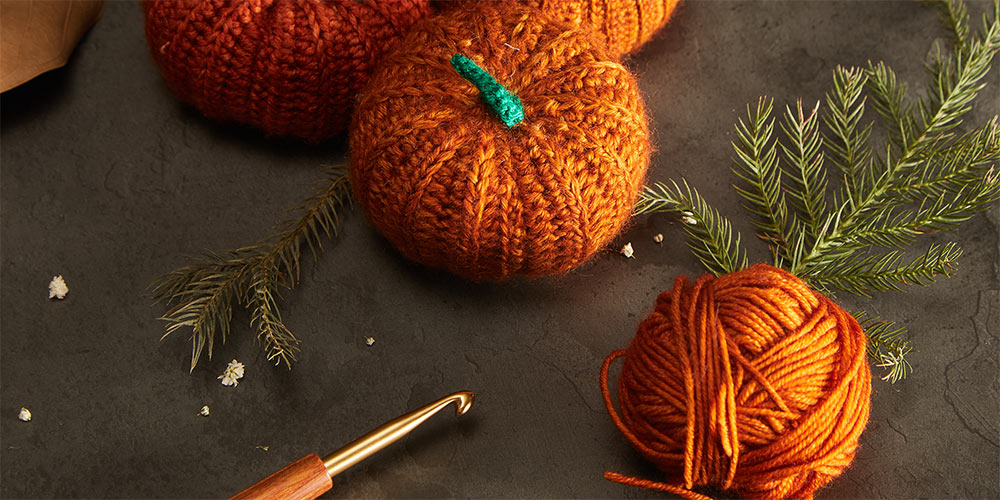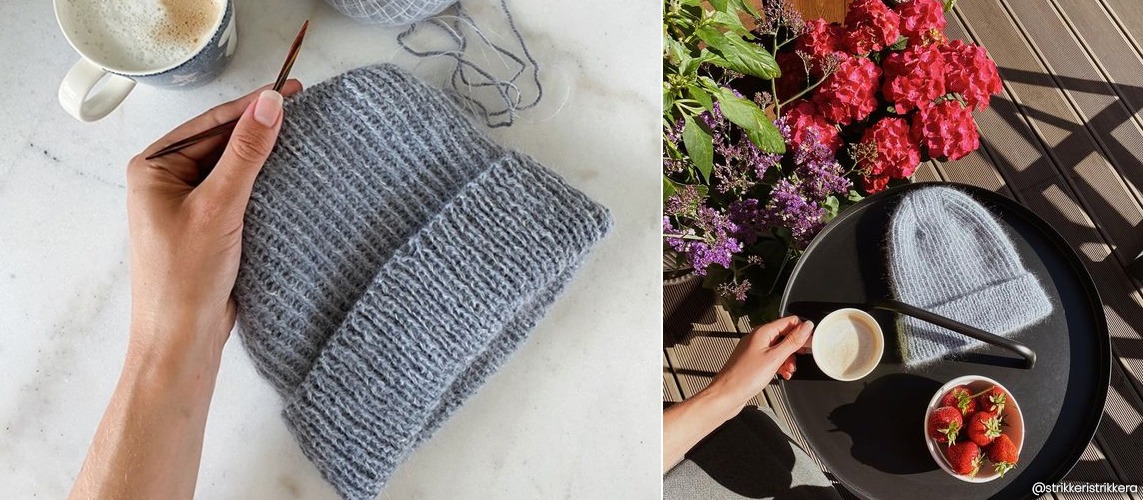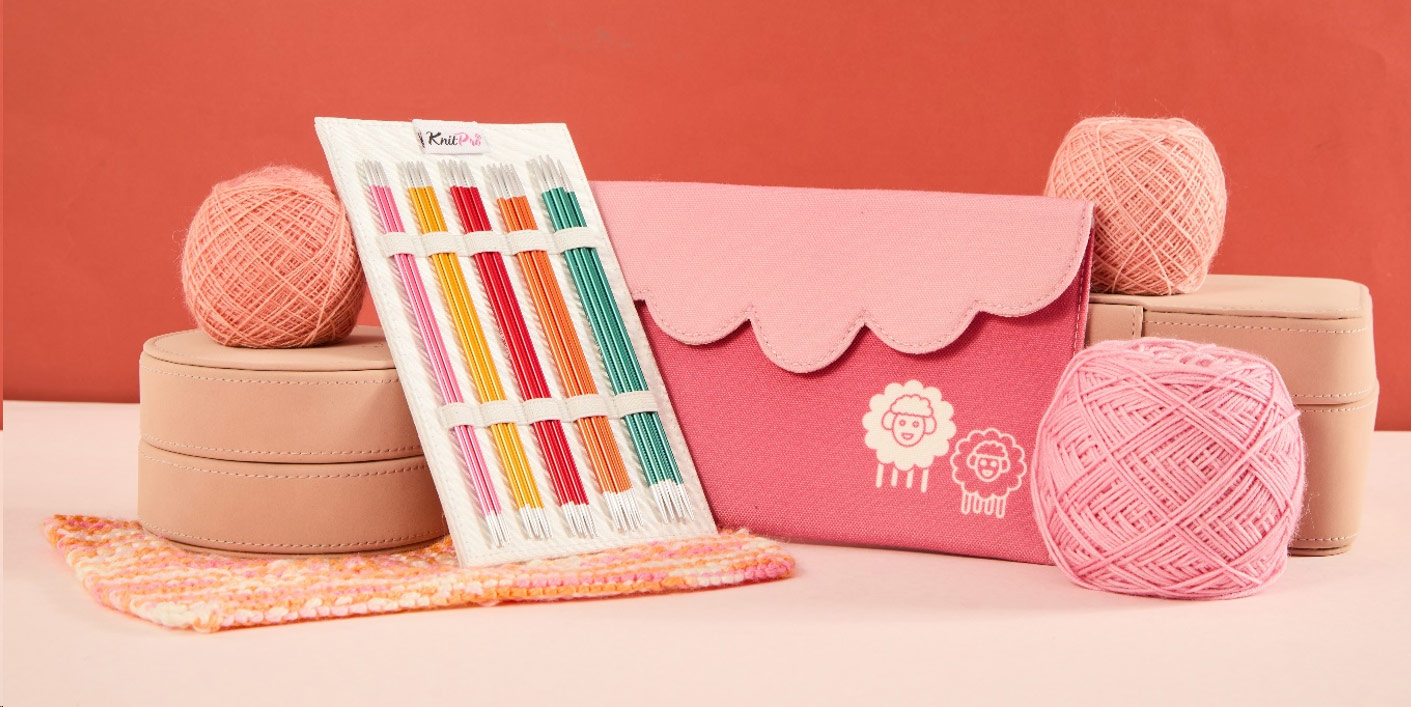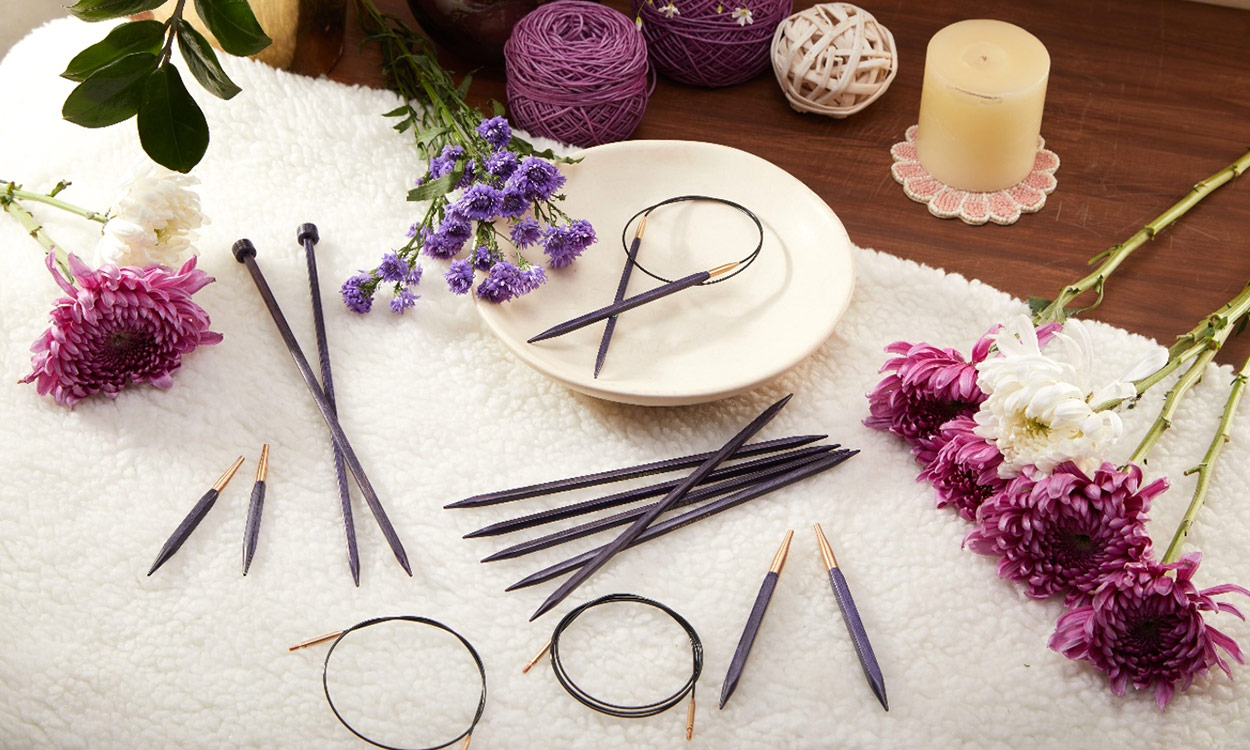May , 2022
If there was a Nobel Prize in knitting then it would surely go to the one who invented the lifeline! It is not a stitch, a technique, pattern, or even a tool, this is a trick to save your knitting projects from disaster and is well-deserving the name.
We always prefer the knitting style that we have used when learning to knit. But, that is no reason to be limited. You can try out experimenting with different knitting styles and find out what works best for you.
Knitting needles come in many styles, sizes, and materials, and it can be confusing to know which kind to use and when. A knitter’s stash requires a variety of needles as each serves a different purpose. Square knitting needles are a popular tool among knitters, especially ones who have been facing pain, injury, and illness that impact their hands.
Knitters love their circular needles as they are proven blessings. The versatile needles allow a variety of knitting both flat and round from the smallest to the biggest projects. While many knitters have been inseparable from their circular needles many are still using them only for round projects. Flat knitting is used for creating sweaters, scarves and many patterns.
Blocking is one of the essential steps of knitting or crocheting any project. You can take any knitting or crochet project and bring out its best appearance with the right blocking tools. Often overlooked but given the many benefits of blocking projects, it is also important to get the process right. If you have been skipping out on blocking or not doing it right, here? your chance to make things perfect with blocking tools from the Mindful Collection.
Small circumference knitting is used for projects that are knit in the round with rounds of some 16 inches or sometimes, even less. Some of the most common, small circumference knitting projects are socks, mittens and gloves, infant-sized hats and, of course, sweater sleeves that are worked in the round, and even some bags or pouches.
A lot of knitters think that weaving in ends on completed projects is a big drag. While it’s a fact that even the smallest project will have, at least, two ends to weave in, it doesn’t have to be a chore. Make no mistake, it is important. First, it keeps your stitches from unravelling, and, secondly, it makes your work look seamless and expert.
A tiny island in the North Sea has given the name to a knitting trend that has made its triumphant march around the globe. The Fair Isle style of colour work already came to life about 500 years ago, when the island’s sheep farmers came in contact with Portuguese traders who wore particularly fancy clothes.
Once you begin regularly using stitch markers with your knitting projects, you will always be sure to have them on hand. These handy little accessories are essential for almost every project whether you are knitting small patterns for socks or large items such as blankets.
Are you impressed with speed knitting? Do you want to know how to knit faster? Speed knitting comes after lots of practice but, there are a few tips that can help you to knit faster. Let me tell you a secret, to knit faster it is much better to develop a smooth knitting style. With our following tips, you can learn speed knitting anytime.


